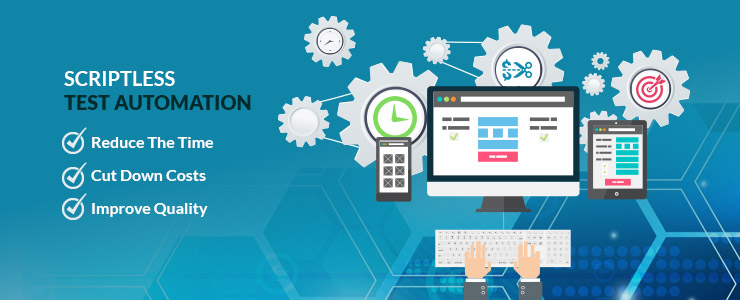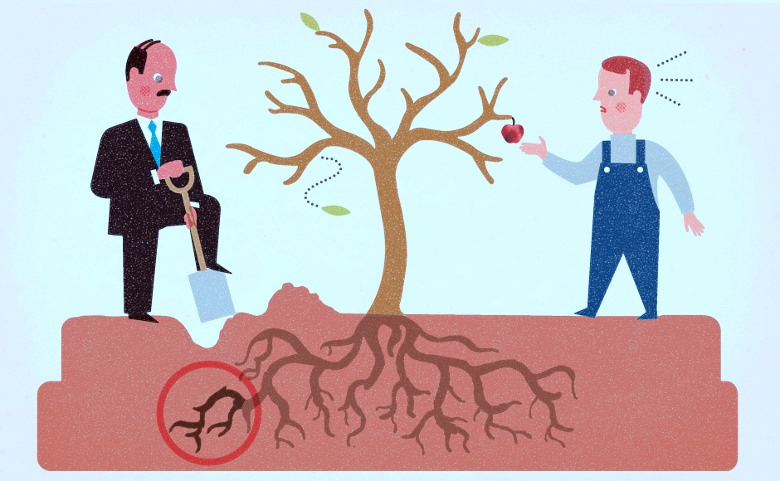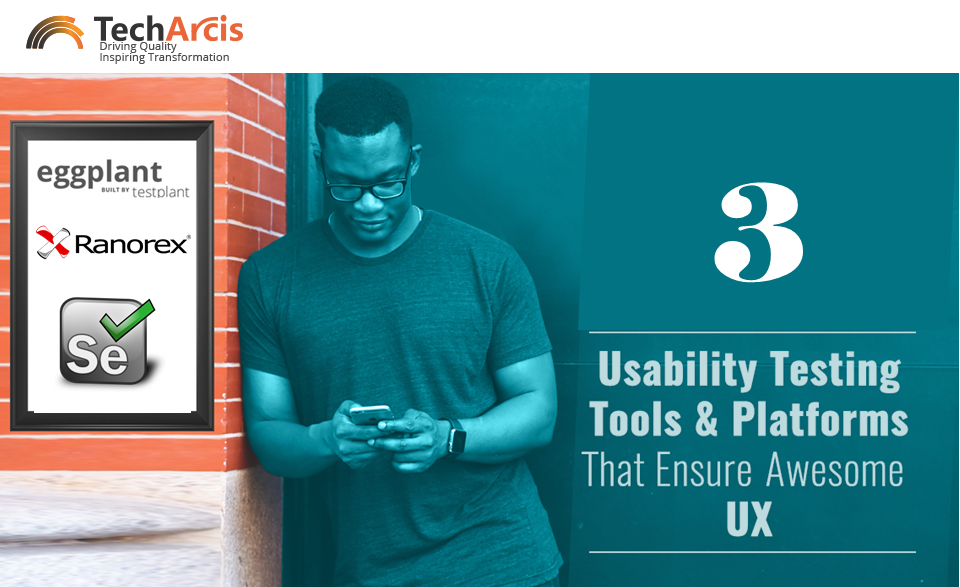
Down the years, the IT industry has been at the center of a virtual evolution in the form of cloud computing. In the cloud computing model, everything is viewed “As a Service.” The main motto of this technology is resource sharing, with availability and allocation being on demand via the Internet. It gives enterprises the capability of storing data in third-party data centers, maximizes the effectiveness of shared resources and reduces overall cost of operation. Besides, “the cloud” also helps enterprises get their apps up and running faster. May be this is why cloud vendors are experiencing around 50% of growth per annum.
Working on cloud, however, is not just about creating and deploying apps, but also passing them through rigorous tests to ensure optimum quality. And Cloud testing services play a pivotal role in automating and standardizing these testing processes. Let’s understand the concept of cloud-testing better.
Download Free E-Book: Automated Testing for Mobility
Cloud testing and its types
Cloud testing is a form of software testing where web applications make use of cloud computing environments for simulating real-world user traffic. If you are planning to design and develop a cloud-based app, there are various types of tests that can be performed to ensure its readiness in the longer run:
- Load test: Load testing for an application involves creating heavy user traffic and measuring how well the application responds. The performance may also require a degree of fine tuning so that it meets certain standards. A number of tools are available to assist in this endeavor.
- Compatibility test: With the help of the cloud environment, instances of various operating systems may be created on demand which makes compatibility testing effortless.
- Latency test: Cloud testing can be utilized for measuring the latency between an action and corresponding response for any application once it has been deployed on the cloud.
- Browser testing: While using thin-client software, it is not necessary to have a browser as a cloud-based software application. Nevertheless, a number of popular browsers get used and all of them are popular in equal measure. The application should be tested so that it runs on the top four or five browsers commonly used around the world.
- Mobile platforms: Tablets and smartphones are increasingly becoming platforms from which cloud-based applications are accessed. As a result, organizations are now required to move on from the use of mobile Web versions to mobile native apps for accessing software solutions from mobile platforms. Tests should be performed on the native app interfaces alongside browser-based tests.
- User interface testing: User interface testing for cloud-based as well as non-cloud-based applications is very much the same. Nevertheless, it is an important test that needs to be taken into consideration.
- Performance testing: Cloud-based software applications usually cater to instances that record significant peak performance profiles. A simulated peak performance test needs to be added to the average performance test to obtain a more reliable and comprehensive testing.
- Service testing: The various types of clouds can be provisioned or de-provisioned on a need-per-se basis. This provisioning and de-provisioning should be simulated in a cloud-based test plan to analyze the capacity when additional services are pressed in to use.
- Distributed cloud testing: A cloud-based software application may be used from geographically distributed locations. This, along with the various ISP providers, need to be simulated in order to get realistic test results.
- Multi-tenancy testing: Cloud-based software applications tend to have separation and combination clients at various levels- whether it is through separate database servers or separate Web servers. Test plans should be designed to account for these changes.
- Graceful degradation testing: The performance of an application will always degrade when multiple users login at the same time. A cloud-based application should be designed such that in the event of multiple logins, it does not crash but rather degrades gracefully. Graceful degradation testing represents a key component of cloud testing plans.
- Connected/disconnected operations testing: A cloud-based software could be designed to work in either online or offline mode. If the application is designed to include such functionality, the same must be reflected in the corresponding test plan.
- Cloud portability testing: When a private cloud and a public cloud mix together, portability of the cloud-based application cannot be taken for granted. A test plan should include high-level functionality tests so that cloud portability is enabled.
- Security testing: The cloud allows everything to be available at all times. As a result user sensitive information should not be allowed unauthorized access so that the user privacy remains intact. While maintaining cloud applications, data integrity should also be verified.
The ability to simulate various instances of web traffic and the costs involved in doing so have always been an inhibitor to overall web reliability. Thanks to cloud and the vast computing resources it offers, this has become a viable solution. As a result organizations can now perform more tests and get better accuracy in usage statistics for their software applications.
More Related Blog

Root Cause Analysis extremely important in 2019
When developing a product, while it is extremely difficult to maintain quality of the product due to its complexity and shorter time to market, it is also important to keep the cost low to stay competitive.It becomes essential for the … Continue reading "Root Cause Analysis extremely important in 2019"...
Read More
Implementation Performance Engineering Using Shift-Left?
Practices in the software world including testing are changing at a fast pace. In the beginning, testing was done at the end of the development phase like a reaction to what the developers had put forth. Not anymore. These days … Continue reading "Implementation Performance Engineering Using Shift-Left?"...
Read More
Top Automation testing tools for 2024 – Streamlining Industries
Now we are in an age of automation in almost every field. Software development process is leaping in terms of advancement over time, same applies to the tools and technologies. These changes are focused on improving productivity, quality, and customer … Continue reading "Top Automation testing tools for 2024 – Streamlining Industries"...
Read More